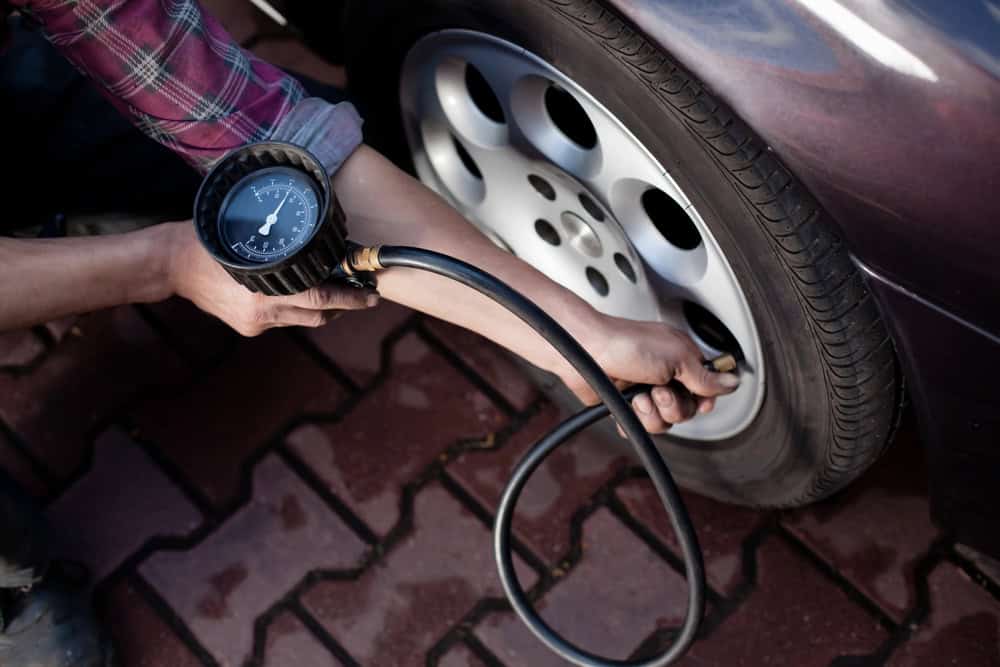
When the TPMS (Tire Pressure Monitoring System) light on your dashboard illuminates, it’s more than just an indicator; it’s a crucial warning that could affect your vehicle’s performance and safety. This blog explores what the TPMS light means, why it’s essential, and how Creech Import Repair can help you address any issues promptly.
Table of Contents
What is the TPMS Light?
The TPMS light is a feature in modern vehicles designed to alert the driver when the tire pressure in one or more tires falls below or rises above the recommended level. Proper tire pressure is vital not only for your vehicle’s efficiency but also for your safety on the road. When this light comes on, it indicates that there is a potential issue with the tire pressure that needs immediate attention.
Why is TPMS Important?
Maintaining the right tire pressure is crucial for several reasons:
- Safety: Correct tire pressure is not just about avoiding flat tires. It ensures better traction and handling, which is crucial especially in adverse driving conditions such as rain or snow.
- Efficiency: Tires inflated to the proper pressure level exhibit less rolling resistance, which means your vehicle doesn’t have to expend as much energy to move forward. This efficiency translates into better fuel economy, allowing you to save money on gas over time while also reducing your environmental footprint by emitting fewer pollutants.
- Tire Longevity: Consistently maintaining the right tire pressure extends the life of your tires. Under-inflated tires can cause uneven tire wear, particularly along the edges, leading to quicker deterioration. On the other hand, over-inflated tires might wear out more in the center. Proper inflation ensures even wear, maximizing the lifespan of the tires.
Common Reasons Why the TPMS Light Illuminates
- Seasonal Temperature Changes: As temperatures drop, air contracts, and your tire pressure can decrease without any actual leaks. Similarly, in hot weather, the air inside the tires expands which can lead to over-inflation.
- Leakage or Puncture: This is a more straightforward cause where the tire loses air due to physical damage such as a nail or sharp debris on the road. Such incidents require immediate attention as they compromise the safety and functionality of the tire.
- Sensor Issues: The TPMS itself relies on sensors in each tire to monitor pressure. These sensors can fail due to battery depletion or damage, leading to incorrect readings on your dashboard.
When to Act on the TPMS Light
It’s crucial to react promptly when the TPMS light illuminates to avoid any potential risks:
- Check Tire Pressure: Always carry a reliable tire pressure gauge in your vehicle. Checking and adjusting the pressure should be part of your regular vehicle maintenance routine, and especially important when the TPMS light comes on.
- Visit a Professional: If after checking the tire pressure, the readings are within the recommended range yet the light persists, or if you are unsure how to properly check and adjust the pressure yourself, it is time to consult a professional. At Creech Import Repair, our technicians can assess and rectify any issues related to the TPMS and tire pressure, ensuring your vehicle remains safe and operational.
How Creech Import Repair Can Help
At Creech Import Repair, we specialize in diagnosing and fixing issues related to the TPMS light. Whether it’s adjusting the tire pressure, repairing a puncture, or replacing a faulty sensor, we ensure your vehicle is safe and road-ready.
Understanding what this light means and responding promptly can save you from future troubles and keep your vehicle in optimal condition. If you’re facing any issues with your TPMS light, don’t hesitate to contact Creech Import Repair.